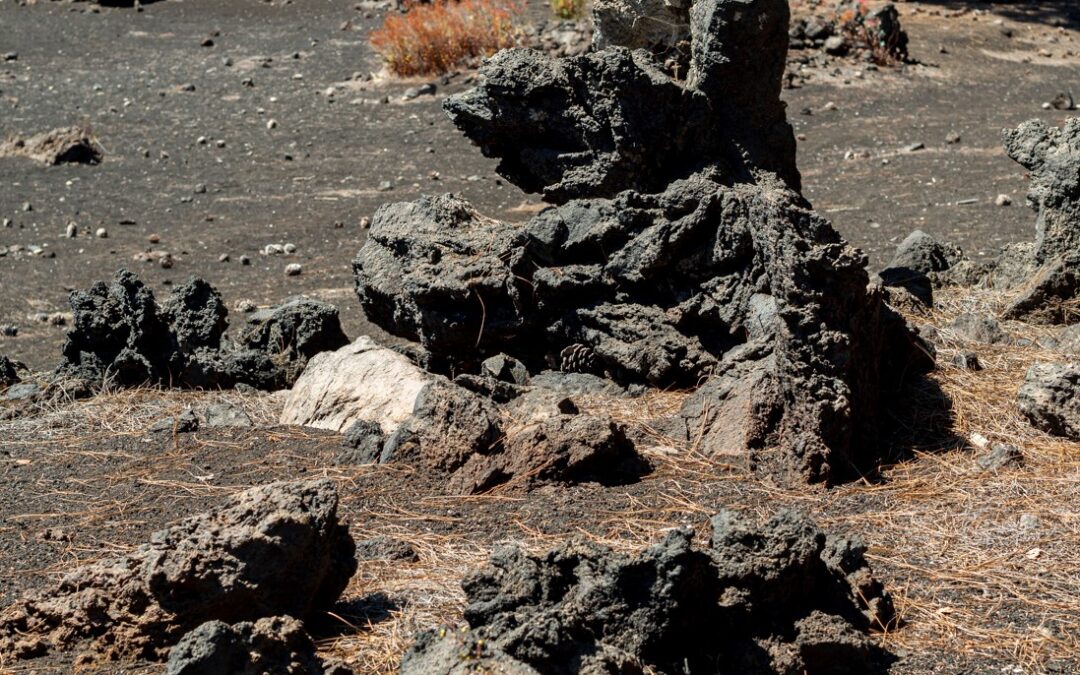Underground mining plays a crucial role in meeting the world’s demand for minerals and metals, but it also generates significant waste. Managing this waste effectively is essential to minimize environmental impacts and ensure a sustainable future for the mining industry. This article explores the types of waste produced, their environmental effects, and the innovative strategies being employed to address these challenges.
Types of Waste Produced in Underground Mining
Underground mining produces various waste materials, each with unique characteristics and environmental concerns.
Overburden
Overburden refers to the layers of soil and rock removed to access ore deposits. Although not inherently harmful, improper disposal of overburden can lead to land degradation.
Mine Tailings
Tailings are the leftover materials after extracting valuable minerals from ore. These materials often contain hazardous substances, making their management critical.
Waste Rock
Waste rock is rock excavated alongside the ore but without sufficient mineral content for processing. While less hazardous than tailings, waste rock still requires proper disposal.
Slurry
Slurry is a semi-liquid waste mixture of fine particles and water generated during ore processing. Improper slurry management can lead to water contamination.
Heap Leach Residue
Heap leach residue is the byproduct of extracting metals through chemical solutions. This waste contains chemicals that can leach into the surrounding environment if not handled properly.
How is Waste Produced in Underground Mining?
The processes involved in underground mining contribute to waste production at various stages.
Excavation
Digging tunnels and shafts generates large quantities of waste rock and overburden.
Ore Processing
The extraction of minerals from ore produces tailings and slurry, often laden with residual chemicals.
Blasting
Blasting operations release dust and create waste materials, including fragmented rock.
Water Use
Water is essential for ore processing and dust suppression, but it often becomes contaminated, contributing to mining waste.
What Environmental Impacts are Associated with Waste Production in Underground Mining?
Improper waste management in underground mining can have serious environmental consequences.
Groundwater Contamination
Leaching from waste materials, particularly tailings and heap leach residue, can contaminate groundwater with heavy metals and toxins.
Surface Water Pollution
Runoff from mining sites often carries waste materials into rivers and lakes, harming aquatic ecosystems.
Soil Degradation
Waste rock and overburden disposal can degrade soil quality, making land unsuitable for vegetation and agriculture.
Air Pollution
Blasting and material handling release particulate matter and harmful gases, contributing to air pollution.
How is Waste From Underground Mining Typically Eliminated?
Mining companies employ various techniques to manage and eliminate waste responsibly.
Waste Rock Disposal
Waste rock is often stored in designated piles or used in land reclamation projects.
Backfilling
Excavated waste materials are returned to mined-out areas, reducing surface disposal and stabilizing tunnels.
Tailings Management
Tailings are stored in tailings ponds or dams, though newer methods like dry stacking are gaining traction for safety and environmental reasons.
Reprocessing
Advancements in technology allow for the reprocessing of tailings to extract additional minerals, reducing waste volume.
Dry Stacking
Dry stacking dehydrates tailings, creating a more stable, compact waste product that minimizes environmental risks.
Bioremediation
Bioremediation uses microorganisms to break down hazardous substances in mining waste, offering a natural solution to contamination.
What Technologies or Methods are Being Developed to Minimize Waste in Underground Mining?
The mining industry is exploring innovative methods to reduce waste and its environmental footprint.
Zero-Waste Mining
Zero-waste mining aims to utilize every part of the extracted material, leaving no waste behind.
In-Situ Leaching
This method extracts minerals without removing ore from the ground, drastically reducing waste production.
Carbon Capture and Storage
Integrating carbon capture systems into mining operations reduces greenhouse gas emissions and offsets the environmental impact.
Improved Ore Sorting
Advanced ore-sorting technologies enhance efficiency, ensuring only high-grade ore is processed, which reduces waste.
What Regulations Exist to Govern Mining Waste Disposal?
Governments and international organizations have established regulations to ensure mining waste is managed responsibly.
Environmental Protection Law
Comprehensive laws mandate minng companies to minimize waste and restore mined areas to their natural state.
Tailings Management Codes
These codes provide guidelines for safe tailings storage, emphasizing stability and environmental safety.
Local and National Legislation
Countries enforce specific rules tailored to their environmental and economic conditions, holding mining companies accountable.
Waste Management Strategies
Mining companies implement several strategies to mitigate waste production and its impacts:
- Storage and Containment
Proper storage systems, such as lined tailings ponds and secure waste rock piles, prevent contamination. - Recycling and Reuse
By reusing water, reprocessing tailings, and repurposing waste materials, mining companies reduce overall waste. - Environmental Monitoring
Continuous monitoring ensures early detection of contamination and allows for timely corrective actions. - Reclamation
Restoring mined areas through soil rehabilitation and vegetation planting helps reduce the long-term impact of waste. - Innovative Technologies
Adopting cutting-edge technologies like dry stacking and bioremediation enhances waste management practices.

Moving Towards Sustainable Waste Management in Underground Mining
Managing waste in underground mining is a complex but essential task. By understanding the types of waste produced, their impacts, and the strategies available for mitigation, the mining industry can minimize its environmental footprint.
Advancements in technology, combined with strict regulations and innovative waste management practices, are paving the way for a more sustainable future. As the industry continues to evolve, embracing these solutions will ensure mining remains both productive and environmentally responsible.

